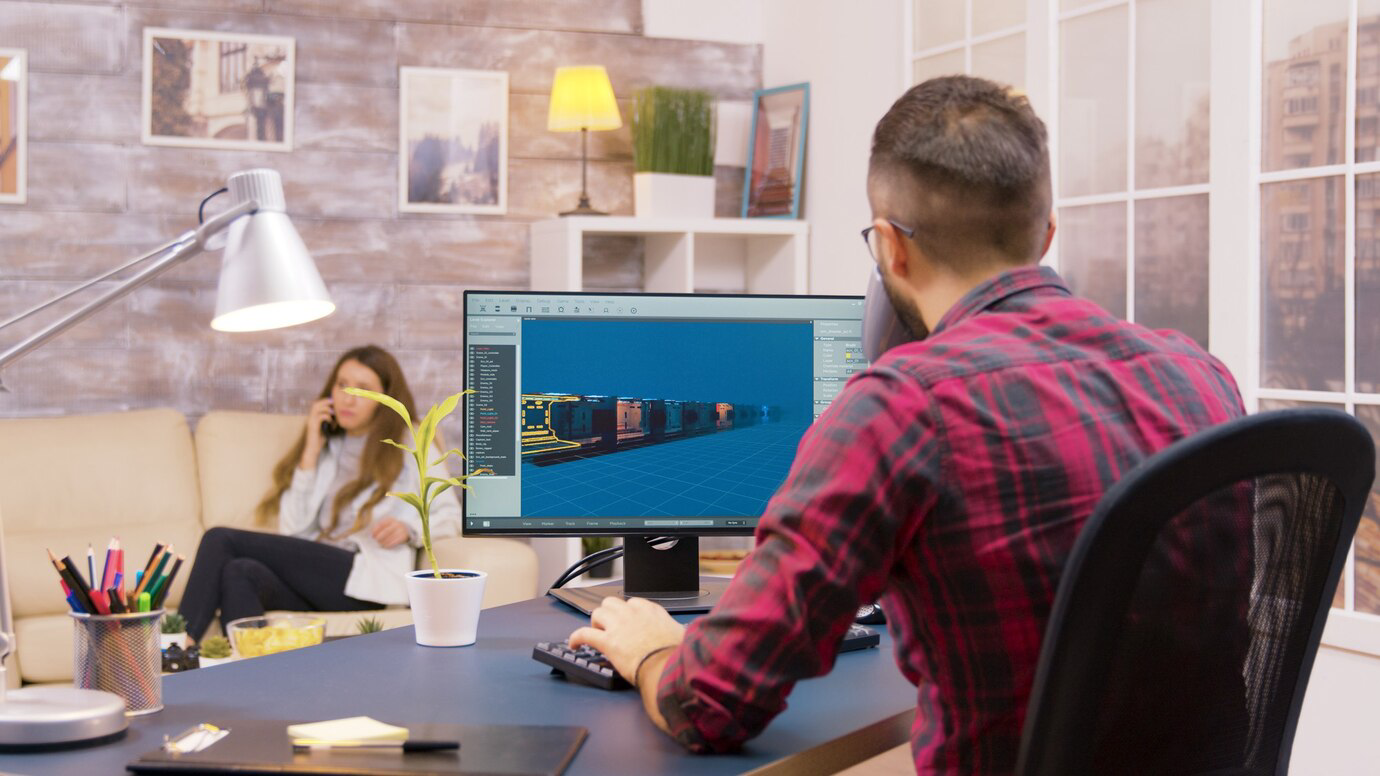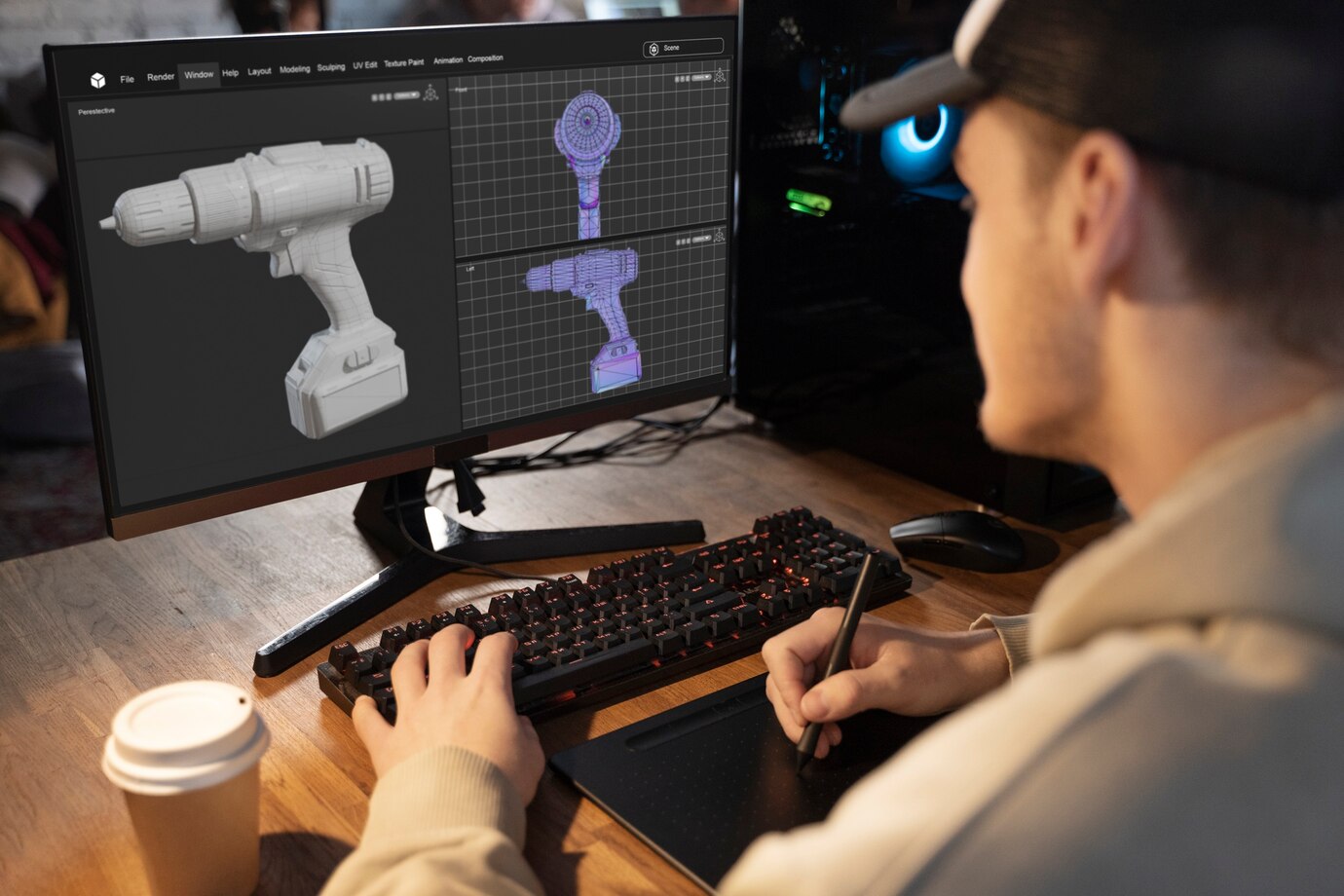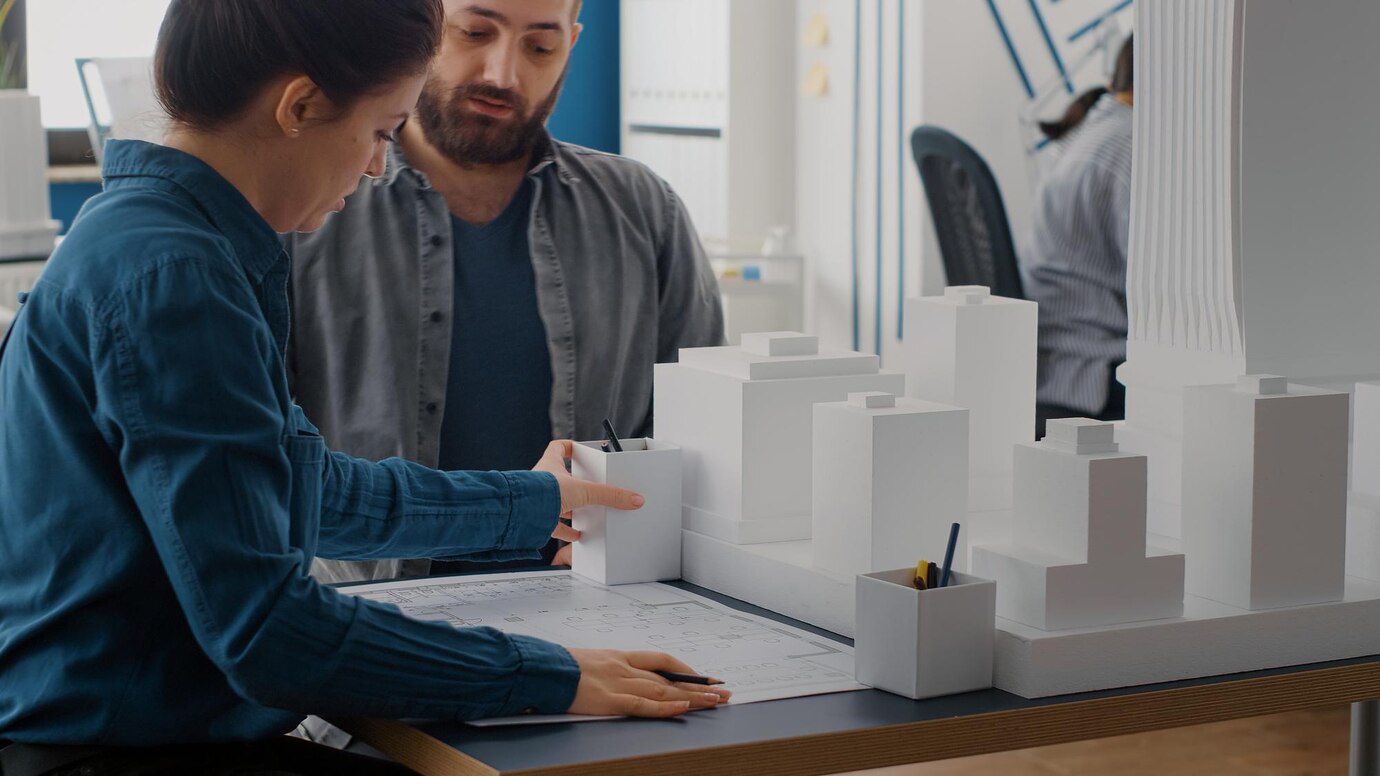Rendering and visualisation transcend being technical procedures; they function as potent instruments that enable designers to articulate their conceptualisations with lucidity and accuracy.

These techniques empower designers to establish a connection between the realms of imagination and reality by fabricating immersive virtual experiences and producing photorealistic images, thereby providing clients with a view into the future of their spaces.
Rendering and visualisation are critical components in influencing the narrative and emotional impact of interior design. In my capacity as an interior designer, I have personally observed the significant influence that these methodologies can exert in materialising design concepts.
In the dynamic realm of interior design, it is critical to maintain a competitive edge. Through the mastery of rendering and visualisation techniques, designers are able to expand the realm of potentialities, manifest their imaginative faculties, and challenge the limits of design innovation.
Greetings and welcome to the enthralling realm of interior design, where aesthetics and functionality converge harmoniously and creatively. With this article titled “10 Powerful Insights: Mastering Rendering and Visualization—From Pixels to Perception in Interior Design,” I extend an invitation to accompany me on an intellectual exploration of the complexities inherent in the fields of rendering and visualisation.
A Comprehension of Rendering and Visualisation
Rendering and visualisation are fundamental components of contemporary interior design, providing designers with exceptional possibilities to materialise concepts. Rendering, an intricate 3D model-based procedure that produces realistic images, empowers designers to portray spaces with remarkable precision and minutiae. Conversely, visualisation entails the development of visually appealing depictions that infuse design concepts with vitality, enabling stakeholders and clients to fully engage with imagined environments prior to the commencement of construction.
The reciprocal association between rendering and visualisation enables designers to proficiently express their concepts, promoting unambiguous correspondence and comprehension among all participants. Through the precise application of rendering techniques, designers are able to accurately represent the intricacies of illumination, texture, and spatial arrangement, thereby providing clients with a comprehensive preview of the proposed design. In the interim, visualisation methods, which encompass everything from hand-drawn prototypes to digital simulations, enable the investigation of a wide array of design potentialities, stimulating innovation and motivating well-informed choices.
Interior designers are elevated when they have mastered rendering and visualisation, which empowers them to construct captivating narratives and elicit deep emotional reactions. Upon further examination of interior design, it becomes apparent that rendering and visualisation are not merely instrumental instruments, but rather fundamental components of design ingenuity and innovation.
Making Use of Rendering Methods:
Within the realm of interior design, photorealistic rendering represents the epitome of visual narrative. Designers manifest their visions into physical form by employing this method, producing images that reflect the complexities of the ultimate environment. Through the utilisation of advanced rendering software and technologies, designers are able to uncover the capacity to enthral clients with visually breathtaking creations that surpass all expectations.

By simulating the interaction of textures and light on surfaces, photorealistic rendering enables designers to completely engross clients in their design concepts, generating enthusiasm and expectation for the physical space that is being created. Rendered by proficient professionals, rendering transcends its utilitarian nature and transforms into an artistic expression that propels interior design to unprecedented levels of ingenuity and novelty.
Visualisation: The Act of Materialising Designs:
Visualisation functions as the medium by which design concepts are transformed from abstract notions into concrete, observable realities for the benefit of clients. Efficient visualisation methods establish a connection between ideation and completion, be it by means of curated mood boards, hand-drawn drawings, or immersive digital renderings. Through the mastery of visualisation techniques, designers foster a deep rapport with their clients, allowing them to partake in the exhilaration of design investigation and conceptualise themselves within the imagined environments.

By effectively visualising concepts, designers communicate their aesthetic inclinations and elicit emotional reactions, thereby guaranteeing that design visions are comprehended and enthusiastically embraced. Through the dynamic interaction of rendering and visualisation, interior designers possess the ability to convert abstract concepts into vibrant depictions that profoundly resonate with clients, thereby influencing the overarching narrative of interior design.
Developing Captivating Narratives:
Storytelling serves as the cohesive element that binds spaces together in the field of interior design. Every room narrates a story, and it is the responsibility of the designer to infuse vitality into that story through deliberate design. By employing rendering and visualisation techniques, designers are able to convey the fundamental qualities of a space to stakeholders and clients through the use of vibrant imagery that captures the ambience, atmosphere, and style of the space.
An understanding of these methodologies enables designers to construct narratives that surpass superficial appeals and evoke strong emotional responses from observers. By means of the dynamic interaction between rendering and visualisation, designers assume the role of space’s storytellers, constructing narratives that engross and motivate.
Gaining Insight into Viewer Perception:
Understanding viewer perception is critical for interior designers to achieve mastery over rendering and visualisation techniques. When making rendering decisions, designers are required to navigate the complexities of client and stakeholder perspectives, taking into account elements such as illumination, materials, and scale.
By assuming the perspective of the observer, designers are able to create visuals that deeply connect with their audience, successfully communicating their intended messages and eliciting the intended emotional reaction. By judiciously contemplating how viewers perceive an object, interior designers possess the ability to craft captivating and motivating visual experiences that ultimately shape the narrative of interior design.
Implementing Success-Driven Strategies:
Successful implementation of rendering and visualisation mastery strategies requires an ongoing dedication to learning and experimentation. It is necessary for designers to invest time and energy in refining their abilities via seminars, courses, and investigation of novel rendering software. Partnerships with visualisation specialists provide designers with invaluable opportunities for development, granting them access to a wide range of perspectives and specialised knowledge.
By adopting an attitude characterised by inquisitiveness and pioneering thinking, designers have the ability to transcend the limits of imagination and successfully realise their design objectives with assurance and expertise in visualisation and rendering methodologies.
Illustrations and Case Studies:
The effectiveness of rendering and visualisation in interior design can be examined through the use of real-life examples. Consider a recent undertaking in which photorealistic rendering was utilised to manifest the client’s aspiration for a contemporary kitchen renovation. The client was imbued with confidence and trust as the proposed design materialised with remarkable clarity and detail, owing to the scrupulously crafted renderings.
Successfully completing the project, the capacity to deliver superior visuals that faithfully represented the intended area garnered approval and fostered efficient communication and collaboration, culminating in an outcome that surpassed all expectations.

In closing:
In summary, the mastery of rendering and visualisation techniques transcends mere proficiency and constitutes an art form that possesses the capability to unleash the complete potential of interior design. During this odyssey from pixels to perception, ten profound insights have been examined that shed light on the paradigm-shifting influence of rendering and visualisation in shaping the narrative of interior design.
By grasping the foundational tenets of rendering and visualisation and employing sophisticated methods to construct captivating narratives, each observation provides a glimpse into the complex realm of design innovation.
Through the utilisation of rendering and visualisation techniques, designers are able to surpass the constraints of conventional design approaches and generate visually engaging and thought-provoking experiences.Furthermore, it is impossible to overstate the significance of observer perception.
Through cultivating emotional visuals and taking into account the viewpoints of the audience, designers have the ability to generate connections and stimulate engagement with design narratives that are more profound.
Upon contemplation of the importance of rendering and visualisation in the field of interior design, it becomes apparent that these methodologies transcend mere instruments and serve as the bedrock from which indelible design encounters are constructed. Through the acquisition of expertise in rendering and visualisation, designers gain the ability to mould narratives that surpass the limitations of pixels, evoking a deep emotional response from viewers and creating an enduring impact that endures for an extended period of time.
Remember this as you commence your subsequent interior design endeavour: the ability of rendering and visualisation to convert pixels into perception, and let your creativity soar.

